Executive Summary
In the past year, the COVID-19 global pandemic has forced tribologists all over the world, in both research and industry, to adapt to changes in the work environment, logistics, health regulations and communication. While some readers report very little change in their day-to-day work life, many list virtual work formats, restriction of travel and customer visits, reduced lab time and even layoffs as major struggles during this time. On the positive side, others credit the work-from-home model with adapting to a better work/life balance, largely thanks to the lack of time spent commuting. But with so much of the workforce adopting a remote work schedule, lubricant demand is changing; several readers noted a reduction in passenger vehicle lubricant (PVL) sales and longer service intervals. This has led to lost business and a contraction of the market as a whole. For some companies, however, this change in demand highlights the shift to electric vehicles, and they are using this time to focus on innovation and development of more advanced lubricants.
Q.1 It’s been over a year since COVID-19 hit the world. What are the top three ways it has impacted the way you work with lubricants now for better or worse?
For better: It is keeping me off the road, and I’m working from my home office, allowing for much more family time. For worse: It is keeping me from interacting with end-users and uncovering concerns, problems and issues as easily as previously.
It will hasten the development and use of electric vehicles. Because of this, it will reduce both the source of lubricants and the use (quantity and type) of lubricants.
(1.) Fewer face-to-face meetings with customers. (2.) Company-wide travel restrictions. (3.) I have to take the “up only” stairwell to get to a higher floor.
Lifetime extension of lubricants, and more time and efforts on selecting the right oil condition monitoring methods.
I have been working from home for over a year now (better and worse). I have had few opportunities to visit customer sites, so much of my work has been through electronic media (worse). I have moved nearly all of my training to online via Microsoft Teams (worse).

Greater use of the digital platform when dealing with lubricant suppliers, the need to reduce the time of people staying in the room with lubricants due to the need to use protective masks that hinder the breathing process, the need to frequently measure the temperature of people working in oil warehouses.
While many smaller companies froze their research, with some only just starting to get back to it, other larger companies just scaled back a little. One or two became very aggressive and used the time to get ahead of the competition.
(1.) Our lubricant blending plant is still working flat out, but our labs are on onsite/offsite shifts, and all office staff are working from home. (2.) Visits to customers are highly restricted, usually for emergencies only. (3.) It has improved everyone’s competence with video meetings, etc., and helped us improve the focus and priorities of meetings.
Working from home. Inability to visit operating plants. Reduced customer contact.
(1.) The biggest impact has been the abrupt change from working in an office environment to fully working from home. (2.) Almost as significant has been not traveling at all to visit customers or to hold internal meetings. Virtual meetings have 100% replaced face-to-face customer interactions. What will it look like on the other side of the pandemic? (3.) Hours are way more flexible. With no commute, no travel and the computer always on, I find myself working different hours, and there is a better balance/blurred line between home and work life.

Working from home has become a common and normal way of working. Business travel has become almost unheard of. Face-to-face meetings with customers have all but disappeared. Conferences have become online virtual events.
We mostly work with automotive passenger vehicles and light trucks. (1.) More leaks from vehicles sitting more than they used to. (2.) Less miles traveled equals less oil changes. (3.) Consumers looking for quick fix instead of hard fix to save money.
Personal contact with customer base eliminated due to restrictions on travel and limitations on personal visits. R&D slowed due to limited lab personnel, new projects postponed if “non-essential.” All contact virtual, overloading of customer base, thereby diluting impact of virtual contact or “webinar” approach.
Less contacts with customers on site, and that is negative. More video and phone conferences, which I see as positive. Without industry trade shows and conferences, less chances to meet new customers.
No travel and in-person conferences has severely limited my ability to form new customer relationships. Customer development projects on hold or advancing glacially as researchers spend less time in the lab. Self-employed. While income from commissioned sales is down, so are expenses, making the net the same as before.
Hasn’t really impacted for me. Volume has been down somewhat in our areas.
Better work/life balance.
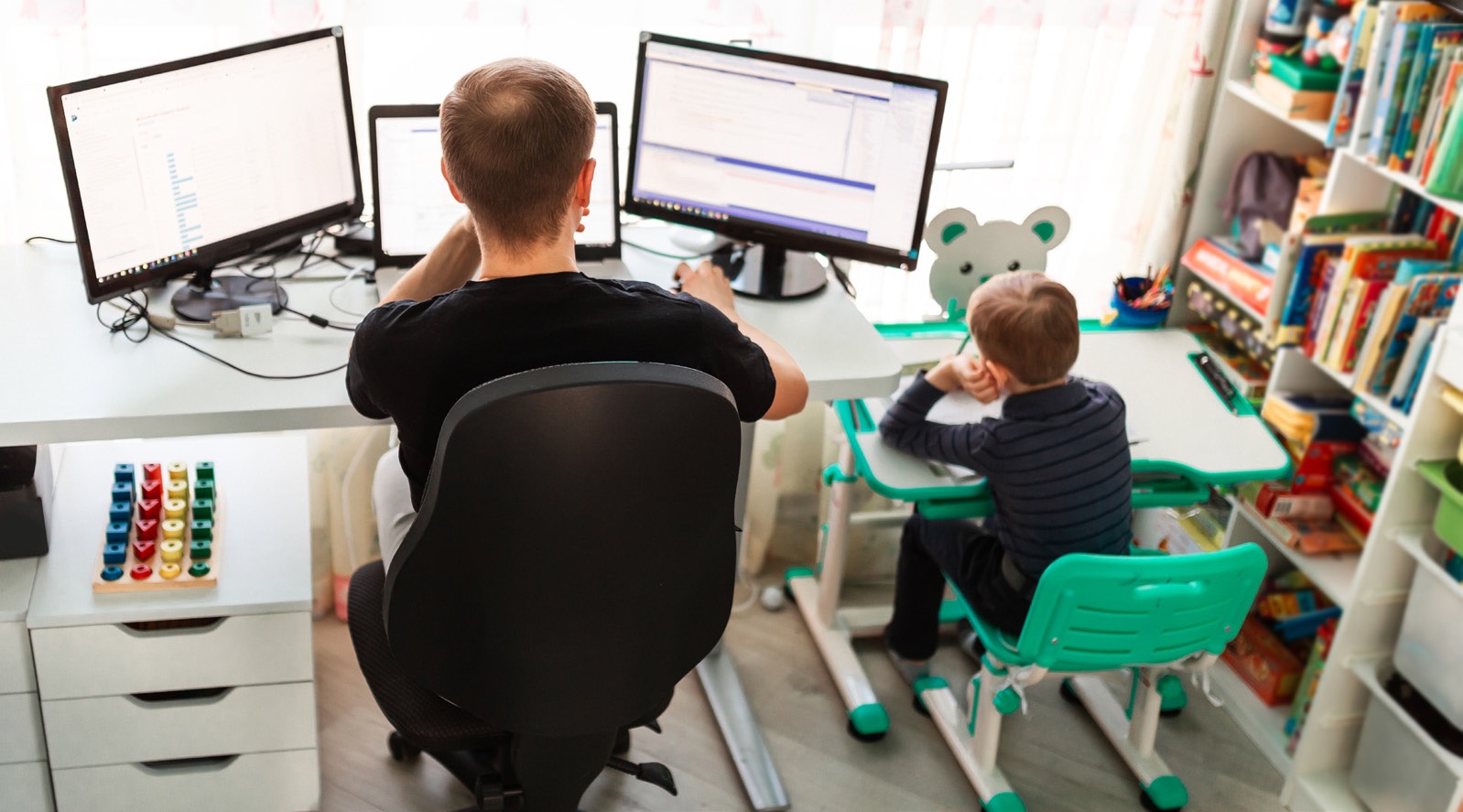
For the better. Shift work with fewer people/distractions. Spur in projects and emerging. Allowed for more learning opportunities while working from home, including STLE membership.
(1.) Delays in work that had to be done in person while we determined if we qualified to be considered an essential business with essential staff. (2.) Poorer communication and work continuity as schedules were flexible and people worked from home for safety or cut hours due to reduced business. (3.) More flexibility in scheduling moving forward might improve worker morale.
It has forced my company to lose millions of dollars and terminate hundreds of jobs, including mine.
More frequent handwashing (and drier, more cracked skin). Less direct contact with people who use the lubricants.
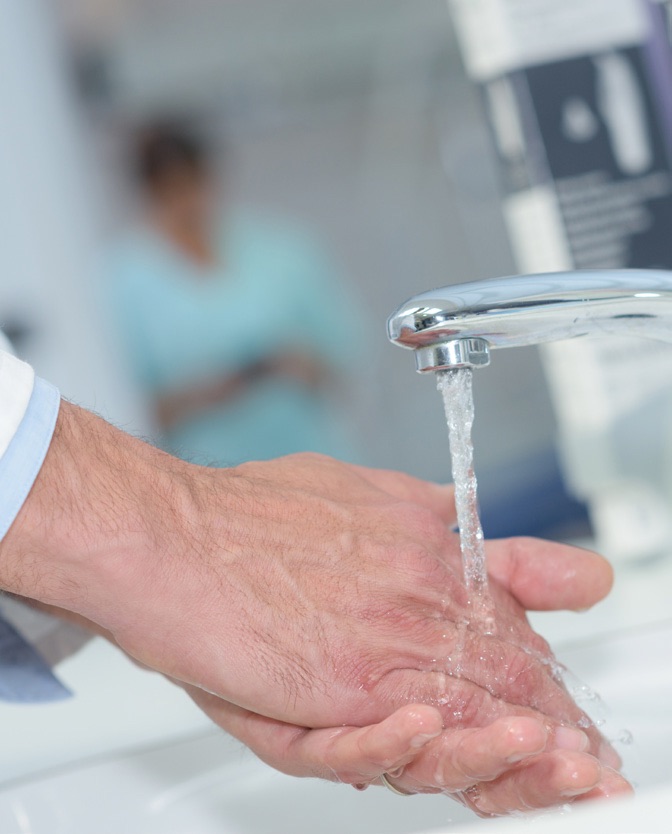
Fewer customer visits.
Very limited access to my lab. Doing everything remotely/virtually is very time consuming. No travel, no interaction with colleagues (frustrating).
I conduct all training sessions via webinars. I only travel when there is a critical business need. I do not travel via airliner.
(1.) Changed employers after previous employer shut down the location I was working at. (2.) Limited face-to-face interactions with customers. (3.) Less brand support to win business.
My role as a consultant in the metalworking additives area has become more difficult as a result of COVID-19. (1.) Customers (formulators) have eliminated face-to-face meetings, making it very difficult to impart information about problem solving or product introduction. (2.) Difficult supply situations have created periodic emergencies in obtaining products for customers, mostly due to transportation issues. (3.) Customers put on hold most of their new product development projects in lieu of maintaining the status quo.
No customer visits. Expenses and budgets slashed as the refining part of the business struggles. Boredom and fatigue of being stuck in a home office.
No more direct contact with my colleagues. No more customer visits. No more direct contact with suppliers/production plants and labs.
Less collaboration and more individual effort. More focus on price and cost savings. Drastic swings in raw material costs, supply and demand.
It has not changed how I work with lubricants, except there are not suppliers visiting.
I saw no impact.
(1.) Generation of new business has been down significantly. This is due to an overall slow market, but also because we are unable to get to new customers to introduce our product line to. Selling finished metalworking fluids is not an easy sell without being face to face with a customer/potential customer. (2.) Troubleshooting fluid issues has been more challenging. Many plants are not allowing outsiders into their spaces. This can make diagnosing and solving coolant problems difficult and timely. Requesting and sending samples takes time and sometimes skews the results because of the delay in testing. And fluid samples are just a small snapshot of the process. It’s near impossible to diagnose a problem without seeing the operation in person. (3.) Fluid maintenance has become of utmost importance, especially during downtime. Care needs to be taken to ensure sumps do not go rancid from extended downtime.
I have less access to production as access is on an as-needed basis. So less opportunity to spot issues and lower opportunities for production technicians to discuss small niggles with me.
How has your job role changed since COVID-19?
More simplified
8%
More complex
55%
About the same
37%
Based on responses sent to 15,000 TLT readers.
(1.) Customer interaction has changed significantly. (2.) Oil analysis has increased. (3.) Reporting of analysis has become more time-restrictive.
Lost business in the tourist industry. Slower in most industries but coming back. Delays from suppliers and shipping companies.
(1.) Find different ways to be engaged with our customers. (2.) Prioritize development projects. (3.) Be more focused on key activities.
I have had to do more on my own. More difficult to get lab work done. Project timing significantly delayed. More meetings—less time to get things done.
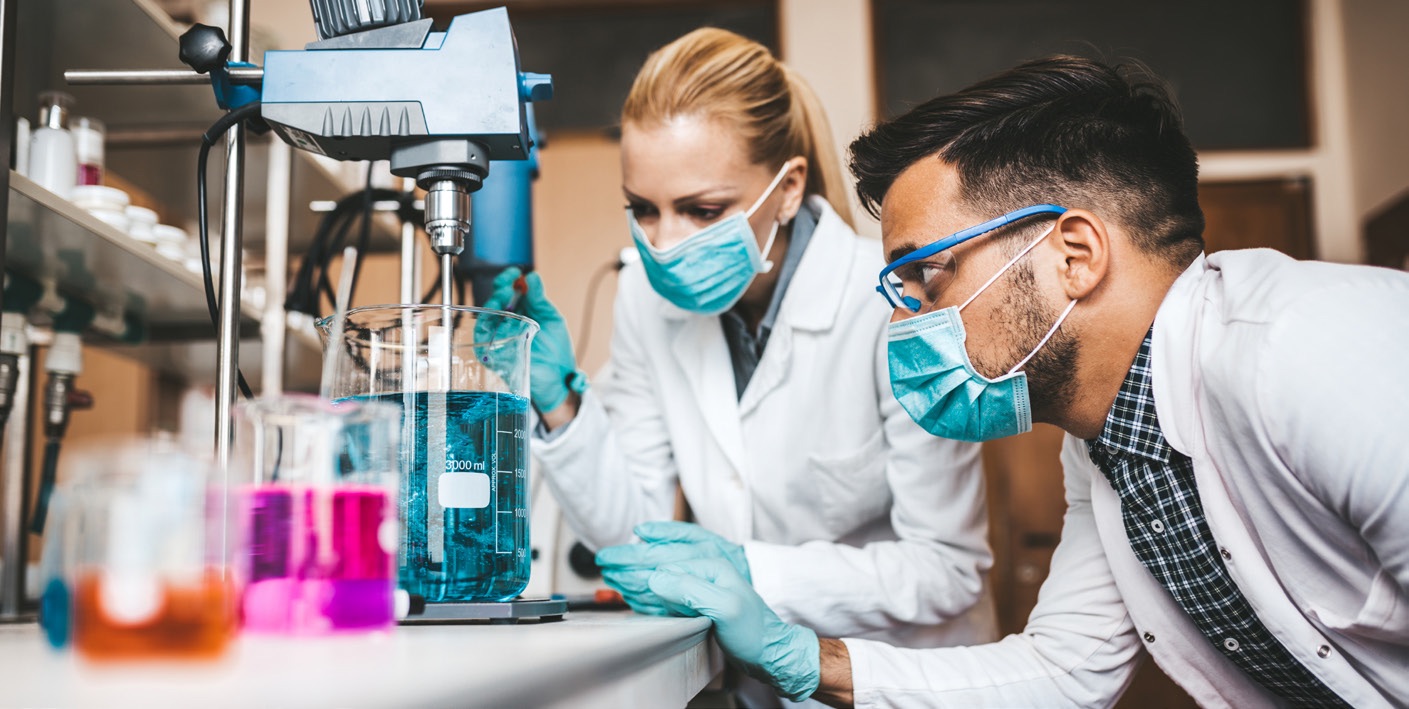
(1.) Lab work is more deliberate, since only in lab on specific days. (2.) Personal vehicle use has changed drastically, so longer fuel and lubricant change intervals and long periods of vehicle disuse (month long).
This has been a very trying year for me in my business environment. (1.) Unable to visit and assist customers with lubricated failures and lubrication program growth. (2.) Have become more proficient with different computer programs as all business has moved to a virtual state via Zoom, Microsoft Teams and GoToWebinar. (3.) Has become impossible to verify loads of lubricant are meeting our company standard without personally sampling during loading and unloading.
No direct contact with large, potential accounts. People working remotely so fewer people to call on. Meeting being cancelled due to COVID-19 contact.
(1.) Less contact with customers and suppliers. (2.) Contraction of the market. (3.) No trips, only by video conference.
It continues to restrict travel for face-to-face meetings. My PCMO market has diminished to about 30% normal. New business opportunities have been a challenge.
I am retired but had a consulting company, which I had to close due to the lack of business as a result of COVID-19. I am now fully retired.
I’m currently working on my doctorate, and COVID-19 affected the possibility to do some experiments in the lubricant field and reduced the laboratory hours. Important meetings and conferences were canceled or affected. On the other hand, the increment of time at home gives me the opportunity to read more articles, write some reports pending and take online courses.
Forced me to be more intentional in reaching out to colleagues or stakeholders in the industry (have been working from home since mid-March 2020).
Industries now are looking for cost savings to cut their expenses, so this increased the demand on the high quality lubricants (better). Overall demand of lubricants decreased significantly (worse).
No or very few face-to-face and/or customer visits.
Impact, employees that became sick. Disrupted day-to-day business.
Less business trips mean more free time. More home office, less time on the highway. Unfortunately, almost no personal contacts/informal discussions either.
I have been working at home a great deal, working with a technician remotely. This has been difficult to coordinate projects. The positive aspect has been less business travel and more family time.
Travel restrictions made it impossible to visit other tribologists and learn from them. Many coworkers had to switch to remote work, making it difficult to develop new products. Lubricant analysis takes much longer now because many instruments are not operating continuously anymore.
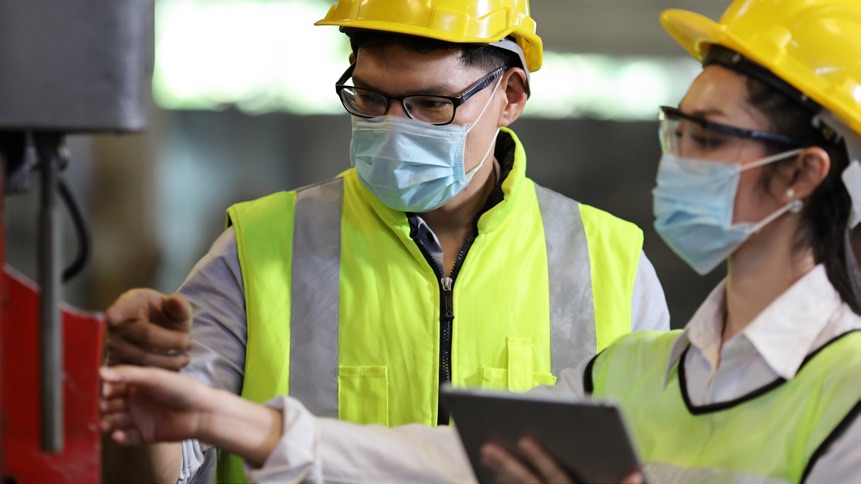
(1.) Less lubricants being consumed in the market. Passenger vehicle lubricants (PVLs) is the leader in the decline followed closely by commercial vehicle lubricants (CVLs) and the occasional industrial account. (2.) More people doing double duty. People who typically do not handle the lubricant choices and purchases being saddled with that duty. More people doing several jobs, which can lead to confusion as well as incorrect product application by mistake or a lack of education. (3.) This does not look too likely to change. We will not see a return to normal PVL usage in my opinion. Businesses will see that their workforce can work from home, and less people will commute. This coupled with the push for electrification will forever change the PVL market.
Q.2 What do you think has been the greatest advancement in lubricants that came about as a result of the world adapting to COVID-19?
Training! During COVID-19, many webinars, training events and time for learning have opened up more eyes to reliability.

Better understanding of Zoom and PowerPoint slide deck tools.
Additive replenishments to extend the useful life of industrial lubricants, as, due to COVID-19, the service intervals had to be extended.
Not specifically lubricants, however, this has forced us to be more innovative in how we address reliability issues, training and problem solving.
Increasing the use of coding for a range of lubricants.
None, it has stifled advancement for many since labs became closed.
The “build back greener” message being considered by government, industry and consumers. COVID-19 has given the opportunity for us to re-evaluate our priorities.
Not sure that I recognize any advancement in lubricants due to COVID-19 adaption.
The full adoption of online tools and digital means of communication.
I have not seen any.
Perhaps there is more focus on existing developmental projects to drive to completion. More focus on safety within plant work atmosphere.
The ability to adapt to using new platforms like Zoom and GoToMeeting as alternatives to in-person visits has helped compensate for no travel—although this has to be balanced against Zoom fatigue.
I cannot see any advancements with lubricants due to COVID-19 restrictions. I think most of us have a better appreciation for cooperating with each other in our daily activities locally, nationally and internationally. And a solid reminder that family matters.
Electrification and push to electrify vehicles.
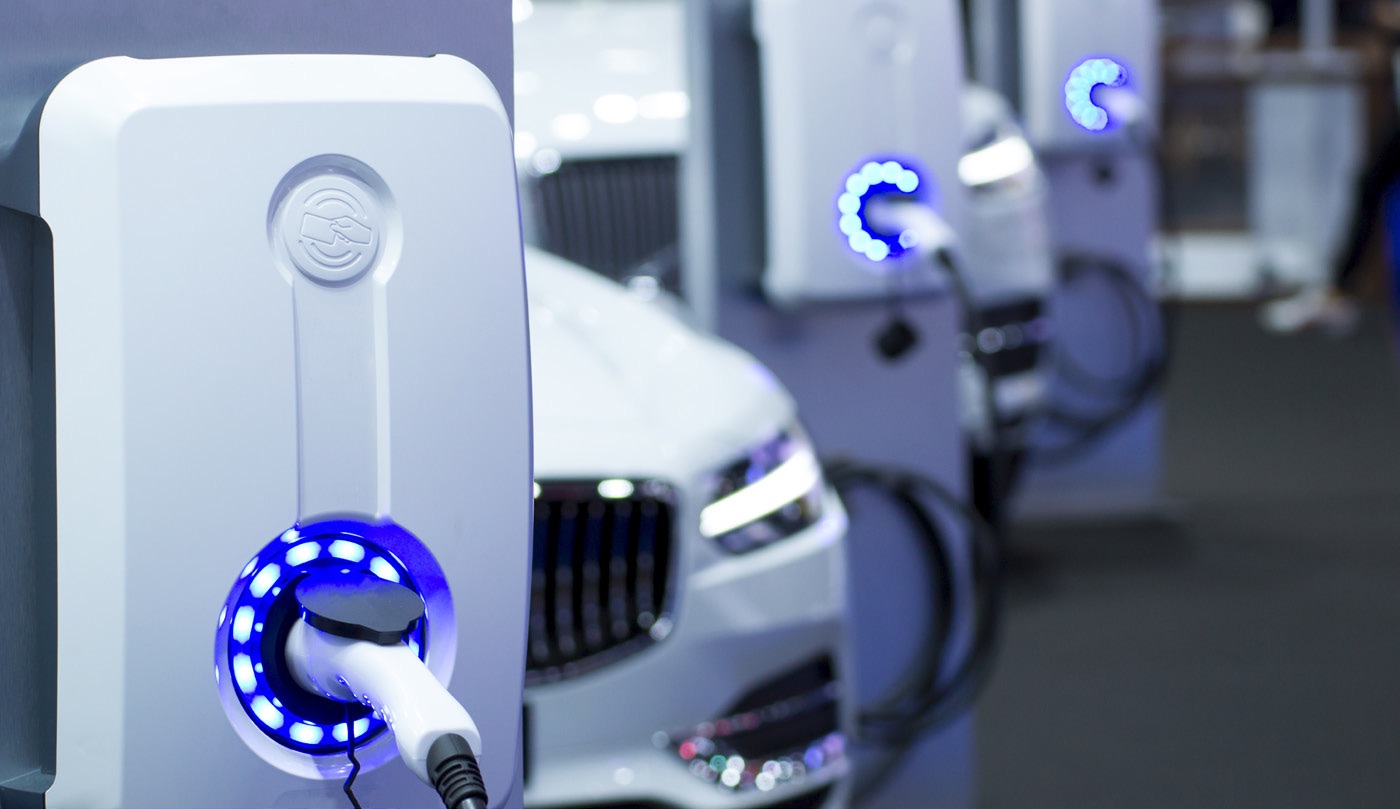
Electric vehicle development.
I have not noticed any advancements in lubricants that appear to be the result of adaptations to COVID-19. More likely advancements continued despite COVID-19.
I do not know for sure, but I would expect remote monitoring of in-service lubricants and tank levels and telematics would have become more popular.
I haven’t really seen advancement as much as waiting for things to get back to “normal.”
None. It has stalled or delayed most initiatives.
None in my opinion. This pandemic has not contributed in any way as far as I am concerned.
My carbon footprint decreased as my average fuel economy went from 25 miles/gallon to 2.5 gallons/week.
More online condition monitoring data, so easier to plot trends, etc.
The rise of e-mobility.
The use of online tools for contact with customers and lubricant suppliers. During our company stay-at-home order, it has allowed me the opportunity to expand my knowledge with webinar attendance and brush up on previously learned knowledge.
Did COVID-19 force you to get better at your lubricants job?
Yes
29%
No change
71%
Based on responses sent to 15,000 TLT readers.
Not sure I know of any—well, possibly more need for food-grade lubes, as more food companies are opening up.
In my opinion, COVID-19 could not possibly impact lubricants. Other than that, perhaps COVID-19 has reduced lubricant sales.
Has there been any?
Difficult to fully assess.
NLGI’s High-Performance Multiuse (HPM) grease specification is a very robust specification and the only third-party managed/enforced grease specification that has been introduced to the industry since GC-LB was introduced in 1989. A key part of the HPM specification was NLGI hosting a workshop in late March 2020 to review the status of the specification. This was one of the first face-to-face meetings that was cancelled due to COVID-19, but was successful in gathering 45 industry participants online with five different breakout groups. This “virtual workshop” reviewed the draft specification and recommended substantial changes to the HPM specification. Because of availability of industry experts, the timing for developing and finalizing the HPM grease specification was completed in less than 18 months and is now being rolled out to grease manufacturers and marketers to help grease users identify products that meet the HPM grease performance specification.
Customers are looking for high-quality lubes with extended drain intervals instead of low quality.
I could not say what advancements were made, but I’m sure “advancements” are being made to protect day-to-day business operations so that lubricants can be made and shipped without hiccups.
I am not so sure this will be good or bad, but the intensification toward electrification of PVL will require lubricants to become more technologically advanced. With the focus on this segment, great advancements are bound to come out of all of the research and design of these new products, even if it is just a byproduct of this change.